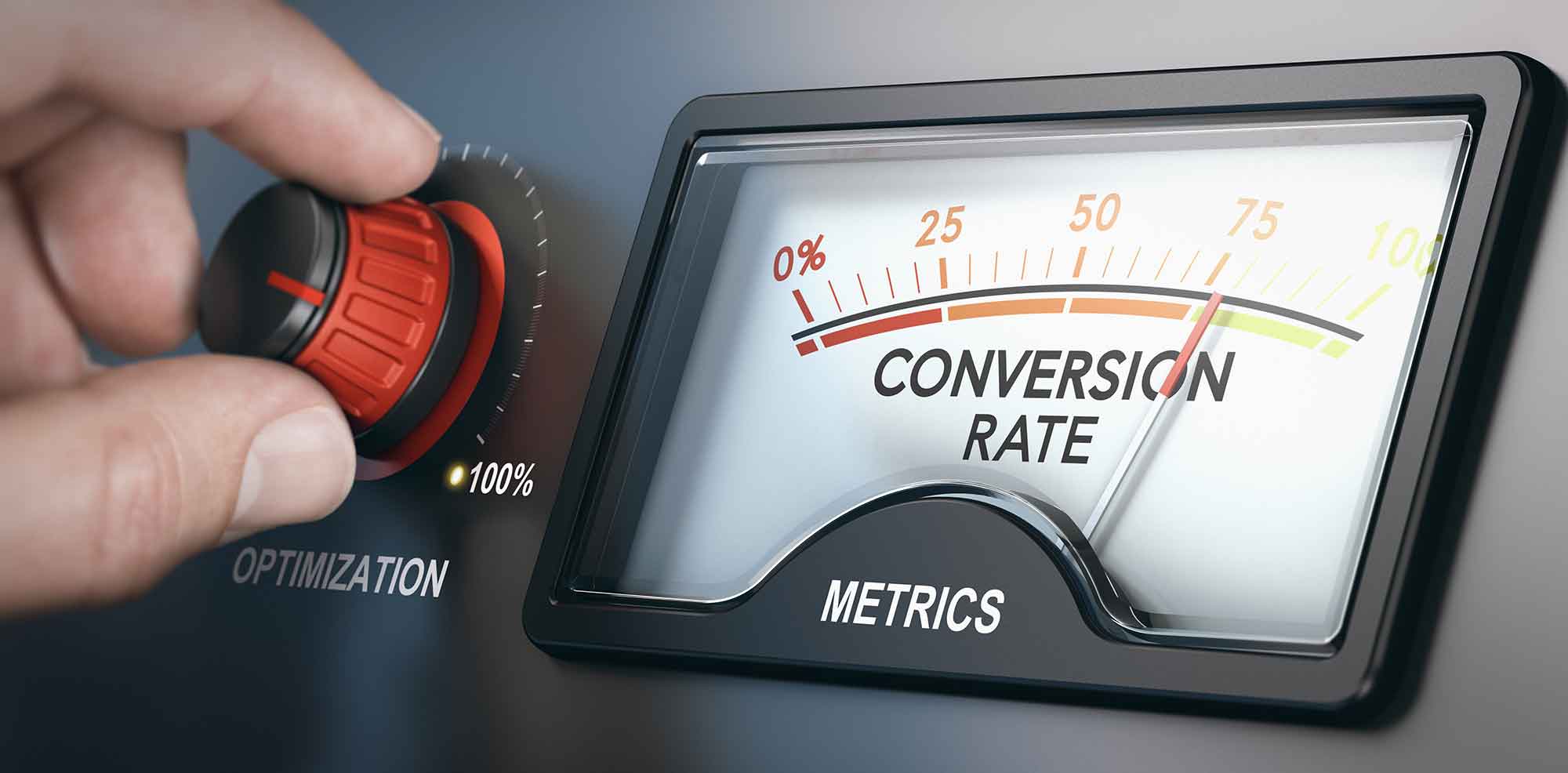No matter what kind of business you have, an important measure of your website’s effectiveness is the conversion rate. Most websites are trying to sell a product or a service. The site’s success depends on making sales, or at very least, on gaining a visitor’s contact information in hopes of making a future sale. Many companies use social media, ads, or other marketing to get people onto their website in the first place. Conversion happens when a visitor goes from being a passive viewer to an engaged customer. Here are eight ways to improve your site’s conversion rate.
1. Offer Incentives
We may all look different on the outside, but deep down we are all the same. We like finding good deals and getting free things. By offering an incentive for creating an account or signing up to receive emails, you are appealing to the part of human nature that wants to get something for nothing. Most people are willing to give their email address for a desirable reward (think 10% off your first purchase or waiving the consultation fee). It requires minimal commitment from the consumer while allowing you to gain their contact information. Having a way to continue communication is key in converting a browser to a buyer, even if it doesn’t happen immediately.
2. Keep It Short and Sweet
Creating an account or signing up for an email list should be as simple and painless as possible. The less information you require people to give up-front, the more likely they are to fill out that form. Enough said.
3. Make Your Value Added Clear
Chances are that you are not the only company offering your particular product, service, or expertise. When a potential customer visits your site, they should immediately understand what you’re offering to them and why it’s better to get it from you than from someone else. Make sure your message is clear from the homepage: “This is what we have to offer and this is how it will help you.”
4. Save it for Later
Not everyone is quick to the pull the trigger on a purchase, especially if it’s a large one. Sometimes the key to securing a more cautious customer is simply by giving them the option to keep thinking about it. Save for later can take the form of a wishlist (like the Sephora “Loves List”) or an actual save for later option within the shopping cart (like Amazon offers). These options are often successful in the long run because more hesitant customers have time to think about the purchase without forgetting about them entirely.
5. Create a Sense of Urgency
Conversely, while some people shy away from a decision they feel pushed into, others are motivated when there is a sense of urgency. Creating scarcity, whether from limited stock or a temporary promotion, can inspire some visitors to take the plunge into consumer-land. Flash sales and limited time offers can encourage people to buy now instead of waiting and increase that conversion rate.
6. Follow Up
Once you have an email address, use it to your advantage. Ask the customer for feedback about their experience and let them know about deals, sales, and new launches. Staying in contact keeps your company at the forefront of the client’s brain and betters the chance of repeat customers.
7. Tailor Marketing to the Customer
When you follow up, try to be as specific as possible. Not all customers are the same, so using the exact same message to all of them (i.e. “Thanks for visiting, hope you come again!”) is not as effective as something personal and tailored to their experience. With a “Save it for Later” customer, this may be an email to remind them of things in their cart or to alert them of a price change on an item they were looking at. With a customer who has made a purchase, this might include asking for a review or suggesting similar items. If your business provides services rather than products, offer an incentive to the customer if they recommend your company to someone else.
8. Use Your Analytics
Analytics give crucial information about who is visiting your page, what kind of people they are, and how much time they are spending on your site. Sometimes, analytics reveal that your actual audience is different from your target audience. Analytics give you invaluable feedback on what’s working and what isn’t. By evaluating the data and translating it into action steps, you can tailor your site towards the visitors most likely to become customers. If you want to know more about this, we’ve written an entire post here dedicated to how you can use Google Analytics to boost your site.
Hopefully these tips have helped you as you think about improving your conversion rate. As always, we are more than happy to answer any questions you might have or to offer our assistance in making your website the best it can be. Contact us today for more information.







